Those We've Lost In 2024 (Part 3)
With 2024 coming to a close, New York has lost a number of notable LGBTQ+ icons including Gary Indiana, Gavin Creel, Nikki Giovanni and more.
Halfway into the year, I covered the lives and legacies of a number of notable LGBTQ+ individuals who passed away in 2024 but who had left their mark on NYC and the world at large. At the time, these included Maurice Hines, Steve Ostrow, Cecilia Gentili, Dee Finley, Shelly Weiss, DJ Stacy (Ledwith), David Mixner, Ruby Lynn Reyner, Andrew Crispo, Joan Gibbs, Christopher Durang, Mary Ann Zielenko, REX, Patti Astor, Robbi Mecus and KoKo Aviance (Thay Floyd).
In this newsletter, I’ll be highlighting a number of individuals who passed on during the latter half of the year, including Billy Bean, Roy Blakey, Bette Bourne, Peggy Caserta, Christopher Ciccone, Gavin Creel, Nikki Giovanni, and Gary Indiana. The newsletter to follow will highlight Morgan Jenness, Needles Jones (Ira Abramowitz), David Garrard Lowe, Troy Masters, Paul Morrissey, Gil Neary, Ken Page and Tom Porton. Once again, if there is anyone else you think has been left out or should be included, please be sure to let me know via comment or message!
17. Billy Bean (1964-2024)
Born William Daro Bean on May 11th, 1964 Billy Bean was a former Major League Baseball (MLB) player who was one of the first openly gay athletes in professional sports. Hailing from Santa Ana, California, Bean attended Santa Ana High School, where he played football and graduated as valedictorian. He then enrolled at Loyola Marymount University on an athletic scholarship, playing college baseball for the Loyola Marymount Lions. After his junior year, the New York Yankees selected Bean in the 24th round of the 1985 MLB Draft. Though the Yankees offered Bean a $55,000 signing bonus, Bean was persuaded by his college coach, Dave Snow, to return for LMU for his senior year.
In 1986, the Detroit Tigers selected Bean in the fourth round of the MLB Draft. His career as a professional outfielder would ultimately span six seasons across the late 1980s and early 1990s, during which he played for the Tigers as well as for the Los Angeles Dodgers and the San Diego Padres. Within this time frame, Bean also played in the minor leagues, including for the Kintetsu Buffaloes of Nippon Professional Baseball. After playing for the Padres in 1995, Bean retired from baseball at the end of the season.
In 1989, Bean married Anna Maria Amato, a student at the Fashion Institute of Design and Merchandise in Los Angeles, whom he had been dating since 1985. Two years into his marriage, however, while playing for the L.A. Dodgers' AAA affiliate in Albuquerque, Bean met a man at a cowboy-themed gay bar with whom he became romantically involved. Then in January 1993, while Bean and his wife were visiting her parents in the Washington, D.C. suburbs, Bean met his future partner Sam Madani, an Iranian immigrant, in the gym showers at a Maryland health club. One week later, Amato and Bean separated and began divorce proceedings. Bean himself would not officially come out until 1999, but in doing so he became only the second major league player to come out as gay. Reflecting on his childhood, Bean remarked in an NYU interview, "I've always been gay. I was gay since birth, and I just knew that there was something different about me but I couldn't quite put my finger on it until I think I was 13 years old…I always had a girlfriend from, like, the age of 14."
Later in life, Bean moved to New York City, where he became known for his role as a public figure in LGBTQ+ activism. He was largely embraced by the city’s vibrant queer community, which recognized him as a trailblazer for visibility in an arena that historically excluded LGBTQ+ voices. Bean became a frequent guest at events and discussions held by organizations such as Athlete Ally and GLAAD, and he eventually became MLB’s Vice President for Inclusion and Social Responsibility, a role he held from 2014 to 2023. While in this position, Bean worked tirelessly to promote understanding and acceptance in professional sports and his outreach included visits to New York teams like the Yankees and Mets, where he engaged players and staff in conversations about creating inclusive spaces. In 2023, Bean was diagnosed with acute myeloid leukemia, and on August 6th, 2024 he passed away at the age of 60 in his New York City home. At the time of his death, Bean had been married to Greg Baker, a doctor and Boston Red Sox fan.
18. Roy Blakey (1930-2024)
Roy Blakey was a man who lived many lives. First, he was an ice show performer, then he became a photographer known in particular for his portraits of nude men, and finally he became a uniquely important ice skating archivist. On August 23rd, 2024 Blakey passed away at his home in Minneapolis at the age of 94. His death was confirmed by his niece Keri Pickett, who directed “The Fabulous Ice Age,” a 2014 documentary about the early ice shows that featured her uncle, and who is currently working on a new film about his life, entitled “My Uncle Roy.”
Roy Austin Blakey was born on July, 19, 1930, in Tulsa, Oklahoma, but moved to the city of Enid when he was 6. He began skating while at the University of Tulsa but left school after only two and a half years in order to enlist in the Army. After he was released from duty, he began performing in ice-skating shows, where he skated in places like the Boulevard Room of the Hilton Hotel in Chicago. He also took photography lessons in Chicago, whereupon he began taking pictures of fellow ice skaters as well as of the troupe’s elaborate stage setups.
In 1970, Blakey became a full-time freelance photographer, and his head shots of famous entertainers like Debbie Allen and Kaye Ballard appeared in Newsday, The Daily News of New York and other publications. His photo studio was located at 727 Sixth Avenue in Manhattan, and it is there where he also started to become known for his portraits of nude men, many of which appeared in notable gay magazines like After Dark, Honcho, and Dilettante. Several of Blakey’s pictures became part of an exhibition held in 1973 at the Continental Baths, the well-known Manhattan gay bathhouse that launched the careers of Bette Midler and Barry Manilow. Blakey would eventually collect many of his male nude photos in a book called He, which he published in 1972.
In 2002, He was rediscovered and was largely republished as “Roy Blakey’s ‘70s Male Nudes,” with an introduction by the writer Reed Massengill. Blakey’s boxes of male nude photos were also acquired by the University of Minnesota, where they have become part of an important gay archive. Meanwhile, throughout his lifetime, Blakey had also built a massive collection of skating memorabilia, which he eventually called the IceStage Archive. The IceStage Archive is made up of over 44,000 items, contains items like costumes, programs, posters, and skates, and traces the history and cultural impact of shows like Holiday on Ice, the Ice Capades, the Ice Follies, Disney on Ice and Sonja Henie’s “Hollywood Ice Revue.” Appraisal expert Leila Dunbar valued the collection at $1.9 million in 2014, and said she was unaware of any other archive like Mr. Blakey’s. The archive was ultimately donated to the University of Minnesota Libraries’ Jean-Nickolaus Tretter Collection in Gay, Lesbian, Bisexual and Transgender Studies. “If the IceStage Archive ended up someplace else that wasn’t an L.G.B.T. collection, people could approach it without acknowledging the queerness of the ice shows and more specifically the male performers,” said Aiden Bettine, the Tretter’s curator.
19. Bette Bourne (1939-2024)
Born Peter Bourne on September 22nd, 1939, Bette Bourne was a British actor, drag queen and LGBTQ+ activist whose theatrical career spanned over six decades. During the 1970s, he adopted the name "Bette" alongside a radical posture on gay liberation, and joined the New York-based alternative gay cabaret troupe Hot Peaches. Perhaps most notably, he then went on to found his own radical drag troupe, the Bloolips, which lasted until 1994 and performed all over the world, including at several New York City venues like the New City Theater and the Orpheum Theatre.
Bourne was born in Hackney, East London, into a working-class family and officially made his stage debut at the age of four. His father was indifferent to his son's acting aspirations, and Bourne soon began his theatre career by working as a stagehand. Throughout the '60s, he nabbed various gigs on TV shows and in miscellaneous theater performances, but by the '70s had become disillusioned with show business and put his acting career on hold in order to become a full time activist with the newly-formed Gay Liberation Front. Eventually, as part of the counterculture movement, Bourne took to wearing women's clothing: "It wasn't about impersonating a woman. It was about trying to find a new sort of man, to really question what a man was...Putting on a skirt, putting on some make-up, it changed the agenda, the way that you thought and spoke." Friends began calling him "Bette" and he subsequently adopted the name for the rest of his life.
In 1976, Bourne joined the New York City-based gay cabaret troupe Hot Peaches, whose members included notable queer individuals Marsha P. Johnson and Peggy Shaw, on a European tour that culminated in a show at the Institute of Contemporary Arts in London. Bourne then remained in London while the troupe returned to New York City. He subsequently founded his own all-male, gay and drag comedy company called Bloolips, which included members with names like Precious Pearl, Diva Dan, and Gretel Feather.
Bourne and Bloolips would return to perform in New York City in 1980, both at the New City Theater as well as at the Orpheum Theatre, before closing the show in June 1981. The show itself won an OBIE award for best costumes. The Village Voice at the time described the Bloolips as “living proof not only that rhinestones and politics can live together, but that they must.” Bloolips collectively performed 13 different shows before officially disbanding in 1998. Bourne would continue to perform in a variety of roles until as late as 2022, where he appeared alongside Shaw as the Queen at Duckie's Alternative Royal Command event held at the Queen Elizabeth Hall, part of the Platinum Jubilee celebrations. Bourne died at his home in Notting Hill, London, on August 23rd, 2024, at the age of 84.
20. Peggy Caserta (1940-2024)
Peggy Louise Caserta was born on September 12, 1940, in Covington, Louisiana, though her early childhood was marked by frequent relocations with her family, and she moved around from Louisiana to Mississippi, Alabama, Georgia, and eventually Texas. While attending grade school in Texas, she became friends with Lee Harvey Oswald, who would later assassinate President John F. Kennedy in 1963. Caserta excelled in her early academic pursuits, graduating as an honor student and serving as the homecoming queen at Covington High School. She then attended Perkinston Junior College where she earned an associate degree, after which she took a job with Delta Air Lines, following an aspiration to become a flight attendant. Much to her dismay, Caserta discovered that she suffered from airsickness, which led her to be reassigned to a desk job in New York City.
Caserta’s time as a resident of NYC was brief, and in 1964 she moved to San Francisco where she opened Mnasidika, a clothing boutique she named after a character in the lesbian poetry collection, The Songs of Bilitis. Caserta herself openly identified as a lesbian, during a time when such visibility was rare. Caserta’s boutique quickly became a social hub for 1960s counterculture, and attracted musicians, artists, and others involved in the hippie movement. Among her store’s clients were members of the Grateful Dead, Jimi Hendrix, Kris Kristofferson, and Sly Stone. Perhaps most notably, in 1966 Caserta met the bisexual singer Janis Joplin, and the two formed an extremely close friendship that included elements of a romantic relationship. The two women would often use heroin together and collaborate on potential business ventures, including plans for a production company called Honeysuckle Productions.
Caserta soon expanded Mnasidika and started stocking jeans from Levi Strauss & Co. Caserta also hired a local artisan to create customized Levi's jeans with added flared inserts, and when demand for the newly coined bell-bottoms exceeded supply, she approached the Levi Strauss & Co. factory, where an employee facilitated the production of flared jeans exclusively for Mnasidika. This partnership lasted through 1968, during which Caserta sold hundreds of pairs and inspired Levi's to launch its own 646 Bell Bottom jean in 1969. Caserta is thus closely associated and often credited with the creation of bell-bottom jeans.
In 1973, Caserta published the widely criticized tell-all Going Down with Janis, which she co-wrote with a ghostwriter. The book described her tumultuous relationship with Joplin and their involvement in the drug-fueled rock scene of the 1960s. The memoir has been recognized and praised for its early portrayal of bisexuality and its role in discussions of Joplin's personal life, but was primarily panned by critics. Caserta would later disavow the work, attributing its sensationalist tone to the ghostwriter’s own creative choices. Caserta’s later years were heavily marked by her continuing drug addiction and legal troubles. She described many of these experiences in a second memoir, I Ran into Some Trouble, which she published in 2018 and hoped would clarify her role in Janis Joplin's life and death. Caserta finally achieved sobriety in 2004 and continued to share her experiences via interviews and writings. At the age of 84, she passed away at her cabin in Tillamook, Oregon, on November 21, 2024. She was survived by her partner, Jackie Mendelson, who confirmed her partner’s death.
21. Christopher Ciccone (1960-2024)
Perhaps best known for being Madonna's younger brother, Christopher Ciccone was an artist, designer and interior decorator in his own right, who across many decades had a roller coaster of a relationship with his sister, peaking in 1991 when he stated that Madonna had outed him in an interview with The Advocate. Despite their ups and downs, the brother and sister generally shared a tight bond. When Ciccone died on October 4th, 2024 in Michigan at the age of 63 after a battle with cancer, Madonna posted this heartfelt message across her socials: “My brother Christopher is gone/He was the closest human to me for so long/Its hard to explain our bond/But it grew out of an understanding that we were different and society was going to give us a hard time for not following the status quo/We took each other‘s hands and we danced through the madness of our childhood/In fact dance was a kind of superglue that held us together…”
Christopher Ciccone was born in Bay City, Michigan on November 22nd, 1960 to Catholic parents Madonna Louise Ciccone (born Fortin) and Silvio "Tony" Ciccone. After graduating from high school, Ciccone attended Western Michigan University and then transferred to Oakland University where he took dance classes before beginning a professional career as a dancer with La Groupe de La Place Royal. Then in 1982, Ciccone moved to New York City to support his sister Madonna's career and served as one of her primary early backup dancers. He appeared in the music video for her single "Lucky Star" in 1984 and performed alongside her in numerous early TV performances.
Around this time, he also worked at the legendary Italian fashion boutique, Fiorucci, a queer haven in the city. In 1984, Ciccone was hired as a receptionist at the Diane Brown Gallery in SoHo, but as Madonna's fame grew, Ciccone became her official "dresser." He also continued doing various other odd jobs for her, including creating the artwork for the 12" version of her single "Like a Prayer" in 1989, being the art director for her Blond Ambition World Tour in 1990, and being the director for her tour The Girlie Show in 1993. Ciccone eventually ventured into interior design, and notably designed Madonna's Upper West Side apartment in Manhattan, which in 1991 was featured on the cover of Architectural Digest. In November of that year, he also had his first solo New York art show at the Wessel + O'Connor Fine Art gallery in SoHo.
In 1994, Ciccone moved to LA, where he began to indulge in a lifestyle of partying and drugs. During this time, he directed the music video for Dolly Parton's single "Peace Train" and Tony Bennett's rendition of "God Bless the Child." In 2008, he released his autobiography, Life with My Sister Madonna, which debuted at No. 2 on The New York Times Best Seller list. The book unfortunately fractured the siblings’ relationship for a long time, with Ciccone asserting that Madonna had him blacklisted from Hollywood. In later years, Ciccone revealed that he and Madonna had returned to being on “personable” terms. “We're back to being a brother and sister. I don't work for her, and it's better this way." Ciccone lived much of his life being openly gay, and in 2016 he married actor Ray Thacker. After his untimely passing, Madonna dedicated a lengthy Instagram post to her brother saying, “I admired him…We found our way back to each other. I did my best to keep him alive as long as possible. He was in so much pain towards the end…There will never be anyone like him.”
22. Gavin Creel (1976-2024)
On September 30th, 2024 news broke that celebrated musical theater actor Gavin Creel, who won a Tony Award for his role on Broadway in the musical Hello, Dolly! as well as an Olivier Award for his role in The Book of Mormon, passed away in his Manhattan home at the age of 48. His death was confirmed by his partner, Alex Temple Ward via a publicist, and was the result of a rare form of cancer that Creel had been diagnosed with just two months prior. At the time of his untimely passing, Creel was one of Broadway's brightest stars, known for his soulful tenor voice, effervescent personality and handsome good looks. He was much beloved in the theater community, and as an out, gay actor, he frequently used his platform to advocate for LGBTQ+ rights, particularly during the early days of the fight for marriage equality.
Gavin James Creel was born on April 18, 1976 in Findlay, Ohio and was raised in a devoutly religious environment. Aware of his sexuality from an early age, he was thus drawn to the theater as a means of escape. After graduating high school, he received his BFA in musical theater at the University of Michigan School of Music, Theatre and Dance. He then began performing in various roles in regional theater and in 1998 he landed the role of Nick Piazza in the national tour of Fame. In the year 2000, Creel moved to New York City where he started taking on small roles in off-Broadway productions like Bat Boy: The Musical (2001). Creel then made his Broadway debut in the original production of Thoroughly Modern Millie, originating the role of Jimmy Smith opposite Sutton Foster's Millie Dillmount. It was Creel's breakthrough performance, and he was befittingly nominated for the Tony Award for Best Performance by a Leading Actor in a Musical for the role.
Creel then went on to nab several other prominent parts in numerous notable Broadway productions, including the 2004 revival of La Cage Aux Folles and the 2009 revival of Hair, for which he received his second Tony Award nomination for Best Actor in a Musical. From 2012 to 2015, Creel starred in a series of productions of The Book of Mormon, including in the West End production, for which he was awarded Best Actor in a Musical at the 2014 Laurence Olivier Awards. He then returned to Broadway to play suave salesman Steven Kodaly opposite Jane Krakowski in the 2016 Broadway revival of She Loves Me. In 2017, Creel at last won his first Tony Award for Best Actor in a Featured Role in a Musical, for his role in the Broadway revival of Hello, Dolly!
In addition to his many successes onstage, Creel was also heavily involved in gay rights activism and notably cofounded Broadway Impact, which mobilized the New York City theatre community to fight for gay marriage. From 2015 until his death, Creel was also part of the Board of trustees for Broadway Cares/Equity Fights AIDS. As of 2024, Creel was in a relationship with Alex Temple Ward, but in July was diagnosed with metastatic melanotic peripheral nerve sheath sarcoma, a rare form of cancer. Just two months later, he died from the disease while under hospice care at his home in Manhattan on September 30, 2024, at the age of 48. Numerous actors publicly paid tribute to Creel, while theaters in Toronto, the West End and on Broadway all dimmed their lights for a night as a tribute to the actor who was gone too soon.
23. Nikki Giovanni (1943-2024)
On December 9th, 2024, Nikki Giovanni, one of the world's most well-known African-American poets, passed away at the age of 81. Giovanni was a prolific star of the Black Arts Movement, the wave of Black nationalism that erupted during the civil rights era and which included writers like Audre Lorde, John Oliver Killens, LeRoi Jones, Ntozake Shange and Sonia Sanchez, among others. Throughout her lifetime, Giovanni was nominated for and received numerous awards and accolades, including the Langston Hughes Medal, the NAACP Image Award, and a Grammy nomination. In 1972, Ebony magazine declared that Giovanni was “a personality, a star,” while another publication dubbed her the "Poet of the Black Revolution."
Giovanni was born Yolande Cornelia "Nikki" Giovanni Jr. in Knoxville, Tennessee on June 7th, 1943. Early on, she showed that she was a gifted reader and writer, and in 1960 she began her studies at Fisk University as an "Early Entrant,"which meant she could enroll in college without having to finish high school. While her early genius shined, she also began to reveal her iconoclastic nature at this time. She immediately clashed with the then-Dean of Women at Fisk, and was subsequently expelled after she neglected to obtain the required permission to leave campus and travel home for Thanksgiving break. Giovanni was eventually able to return to Fisk, where she began editing the student literary journal, reinstated the campus chapter of Student Non-Violent Coordinating Committee, and published an essay in Negro Digest on gender questions in the Movement. In 1967, Giovanni graduated with honors with a B.A. degree in history.
After graduation, however, Giovanni suffered the loss of her grandmother and turned to writing poetry to help cope with the death. These poems would later be included in her collection Black Feelings, Black Talk. Giovanni moved to New York City in 1968, briefly attending Columbia University before she began teaching at Livingston College of Rutgers University. Around this time, she privately published Black Feelings, Black Talk and became an active member of the Black Arts Movement. She also gave birth to a son, Thomas Watson Giovanni, her only child. Giovanni was then treated poorly during a time when there were not many unmarried mothers, which led her to write six children's books throughout the 1970s. She also started to regularly appear on the TV program Soul!, an entertainment/variety/talk show that promoted Black art, culture and political expression. Also in 1970, Giovanni founded the publishing company NikTom in order to publish her own work as well as the work of other Black female writers like Gwendolyn Brooks, Mari Evans and Margaret Walker.
In 1987, Giovanni was recruited by her partner and eventual wife Virginia Fowler to teach creative writing and literature at Virginia Tech. There, Giovanni became a University Distinguished Professor, where she would remain before retiring in 2022. During this part of her life, she won numerous awards, including the Langston Hughes Medal and the NAACP Image Award. She was nominated for a Grammy Award for her poetry album, The Nikki Giovanni Poetry Collection. Additionally, she was named as one of Oprah Winfrey's 25 "Living Legends." Throughout her lifetime, Giovanni published many legendary and iconic works, including Black Judgement (1968), Re: Creation (1970), Blues: For All the Changes: New Poems (1999) and Make Me Rain (2020), among others. On December 9th, 2024, Giovanni died of complications from lung cancer in a hospital in Blacksburg, Virginia at the age of 81. She had been working on a memoir titled A Street Called Mulvaney, and on another poetry collection, The Last Book, which was set for publication in 2025. Giovanni is survived by her wife, Ms. Fowler, and her son.
24. Gary Indiana (1950-2024)
On October 24th, 2024, it was announced that the subversive novelist, playwright, journalist and critic Gary Indiana had passed away at the age of 74. During the 1980s, Indiana rose to prominence in New York City as the art critic for the Village Voice, and would eventually go on to write dozens of cult-classic books and plays with a queer bent, including Three Month Fever: The Andrew Cunanan Story, A Coupla White Faggots Sitting Around Talking, Horse Crazy, and Rent Boy, among many others. Richard Goldstein of The Guardian called Indiana an “underground hero who chronicled the fallacies of erotic life.”
Gary Indiana was born Gary Hoisington in Derry, New Hampshire in 1950. Given his elfin looks and feminine ways, Indiana’s childhood was rife with bullying and mistreatment, and he left home when he was 16. He eventually enrolled at the University of California, Berkeley, but did not graduate, and later moved to San Francisco, and then Los Angeles. It was there, in the early 1970s, when he began using the name “Gary Indiana,” possibly as a sly homage to the artist Robert Indiana. In 1978, Indiana moved to New York City and by the early ‘80s was writing, directing and acting in a number of plays, which he primarily performed at queerish night club/art hangouts like Club 57 and the Mudd Club. Early plays of Indiana’s included Alligator Girls Go to College (1979); Curse of the Dog People (1980); The Roman Polanski Story (1981); Phantoms of Louisiana (1981); and Roy Cohn/Jack Smith (1992), among others.
At the time, Indiana also became a contributing writer to both Artforum & Art in America, which eventually led him to a position as the Village Voice's Art Critic from 1985 to 1988. A collection of Indiana's acerbic nonfiction writing from this time would later be compiled and published as Let It Bleed: Essays, 1985-1995. Indiana also during this period acted in several experimental films, such as Seduction of Patrick (1979); The Trap Door (1980); Stiletto (1981); Hotel New York (1984); and The Practice of Love (1985), among many others. Regarding his acting career, Indiana once remarked: "I wasn't trained, and certainly didn't have the technique of a professional. Directors would cast me because of the way I was, not what I could pretend to be."
Indiana was also a multimedia artist and and his video piece Stanley Park (2013) was a part of the 2014 Whitney Biennial. Other video artworks also made their rounds through museums and galleries, such as Soap (2004-2012); Plutot la via (2005); Unfinished Story (2004-2005), and Young Ginger (2014). But it is for his writing—a mixture of books of fiction, memoir and criticism—for which Indiana is most known and will be remembered for best. In more recent years, several of Indiana's books, such as Rent Boy (1994) and Do Everything In The Dark (2003) have been reprinted in what has been considered a modern reappraisal of his work. At the age of 74, however, Indiana’s uniquely sardonic voice was finally silenced, when he passed away after a battle with lung cancer in his walk-up apartment on the sixth floor of an East Village tenement. In his preface to the 2018 publication Vile Days: The Village Voice Art Columns, 1985–1988, Indiana reflected on his life’s work: “I’m not prone to much sentimentality, but you should really treasure your own history, however weird it is.”
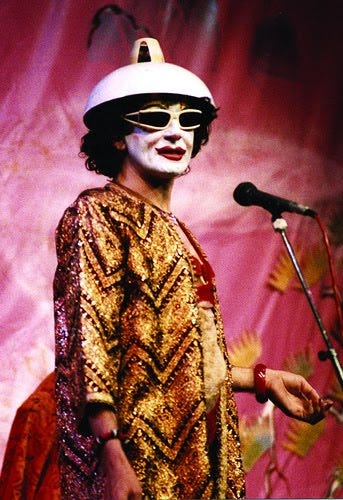
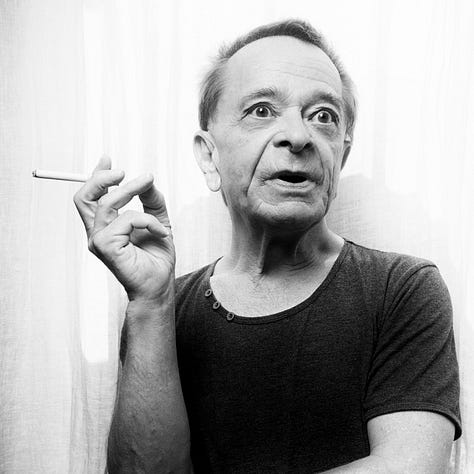
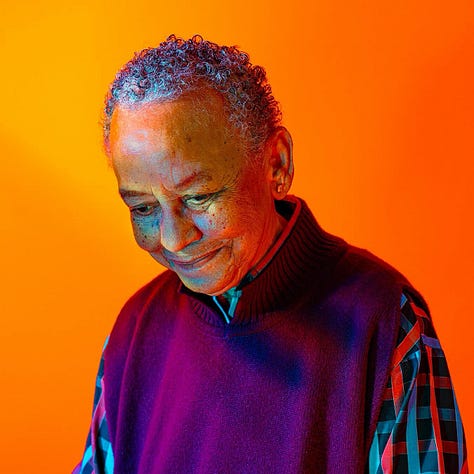

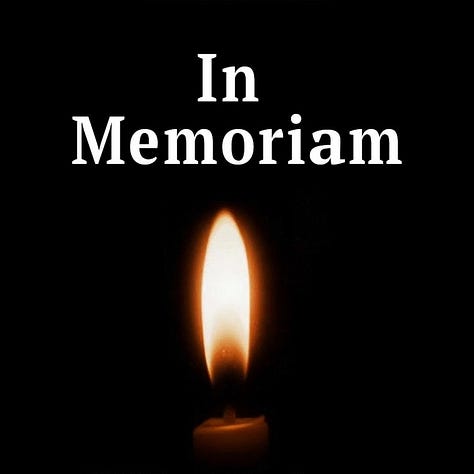


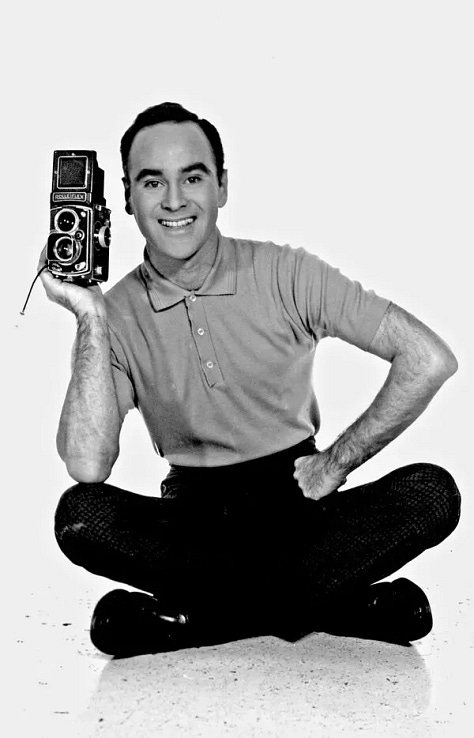
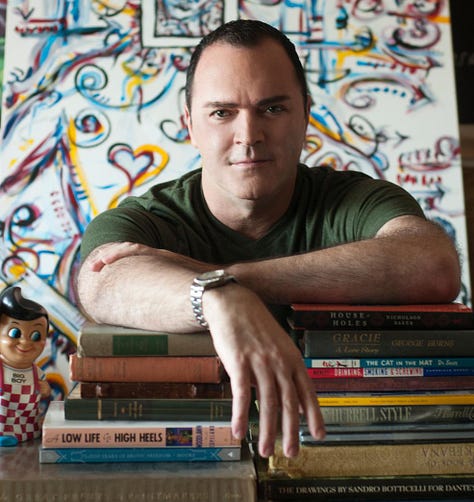





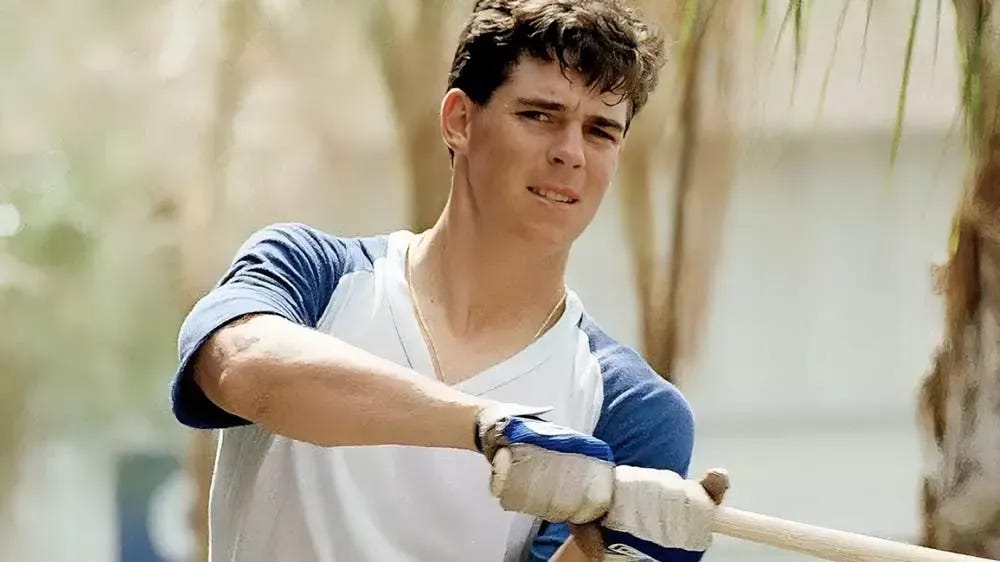
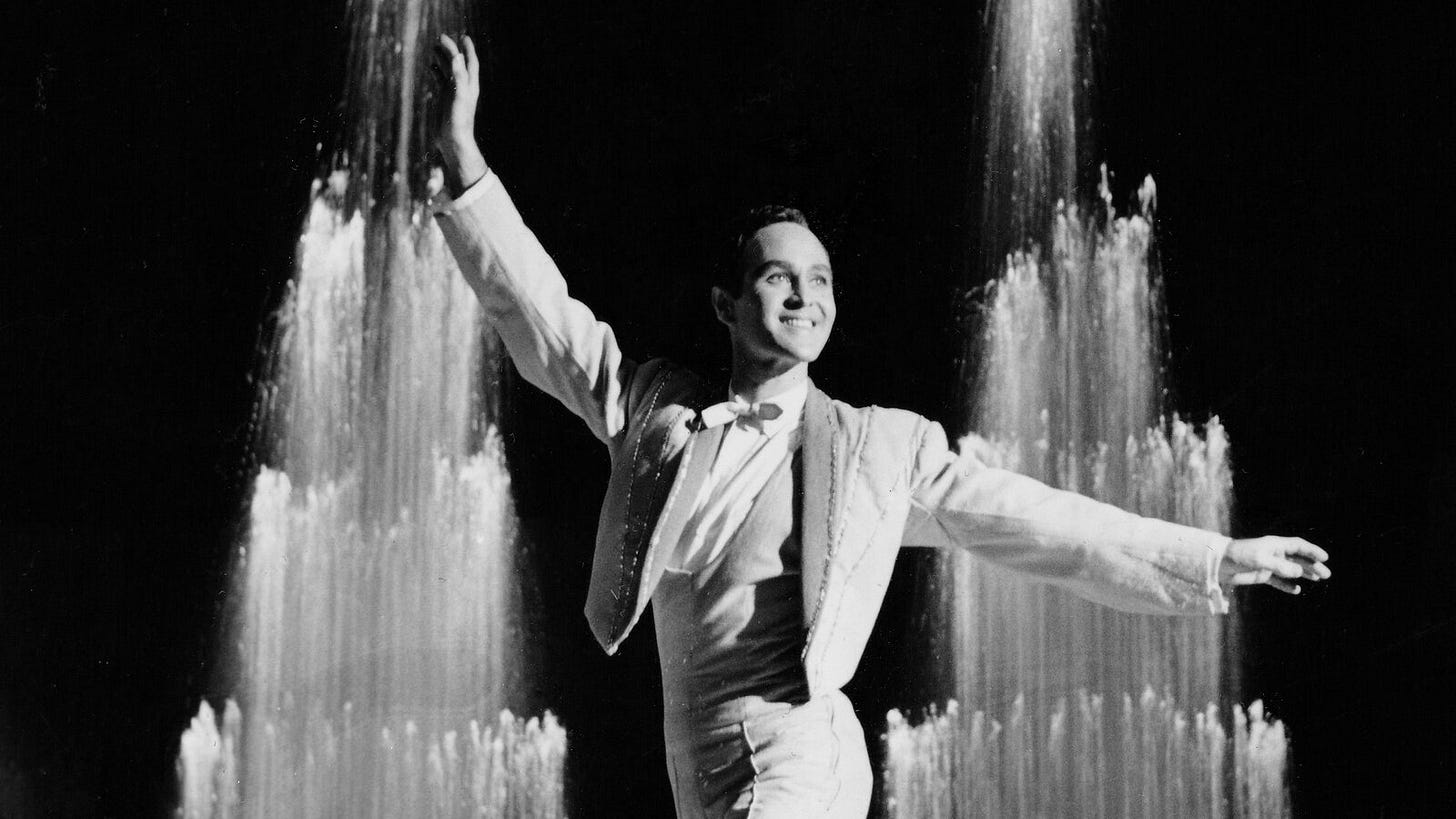
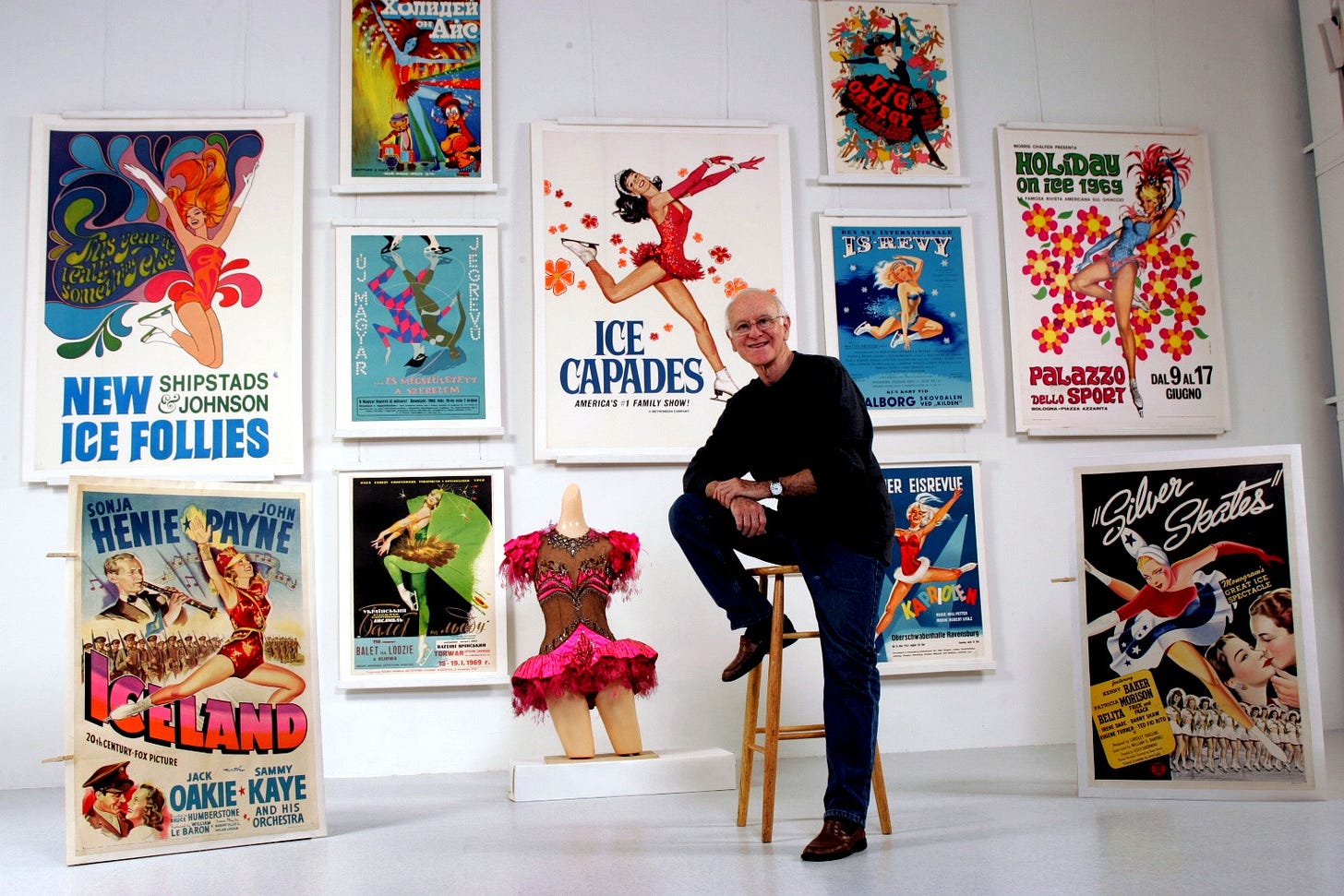
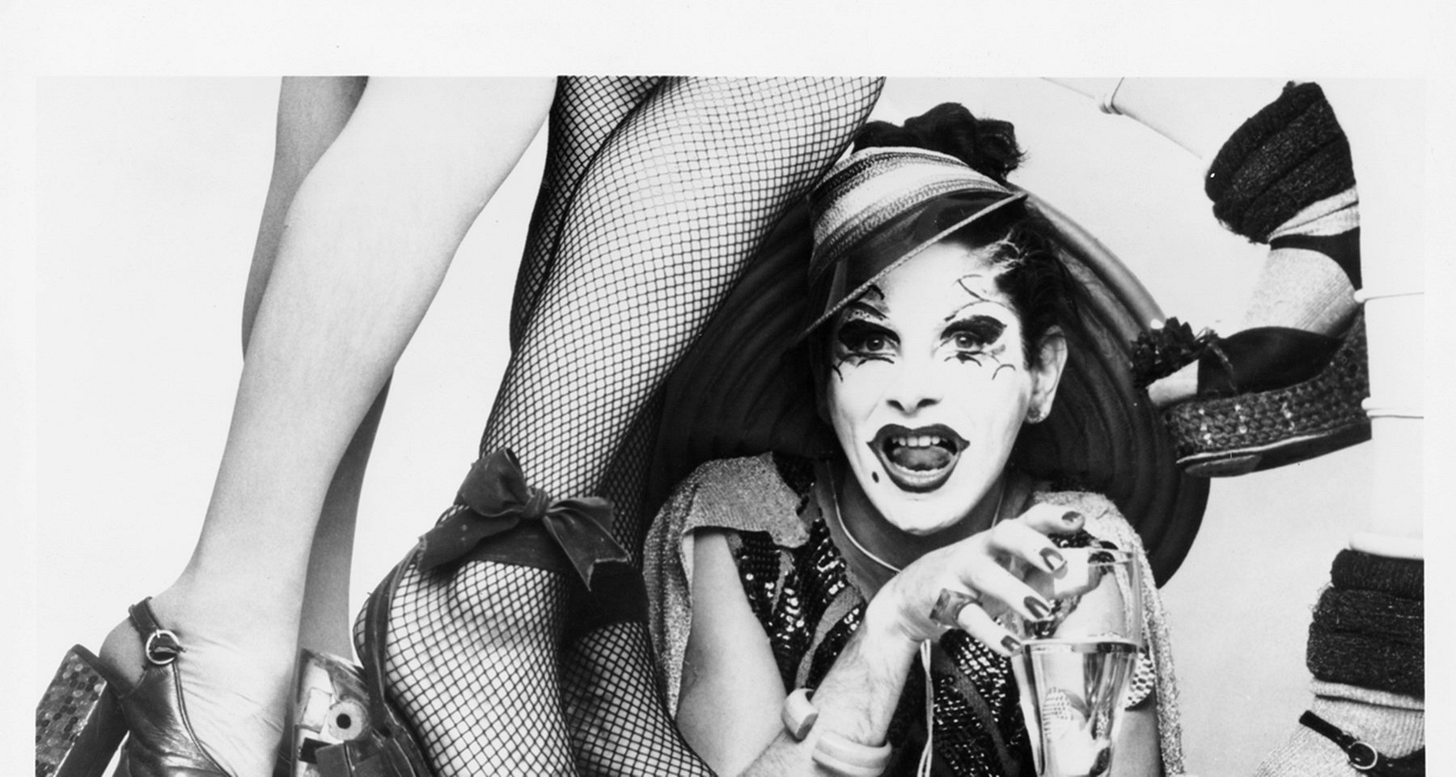
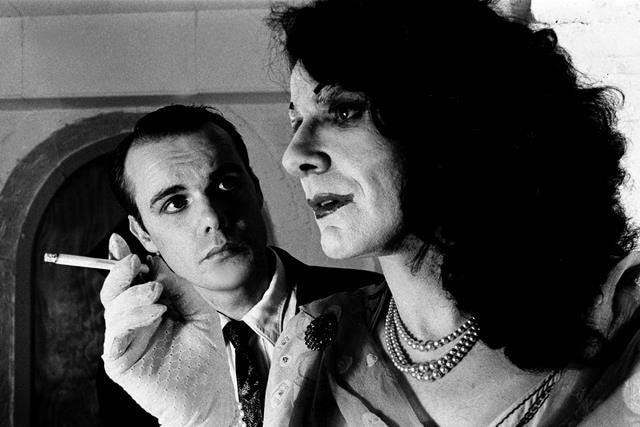
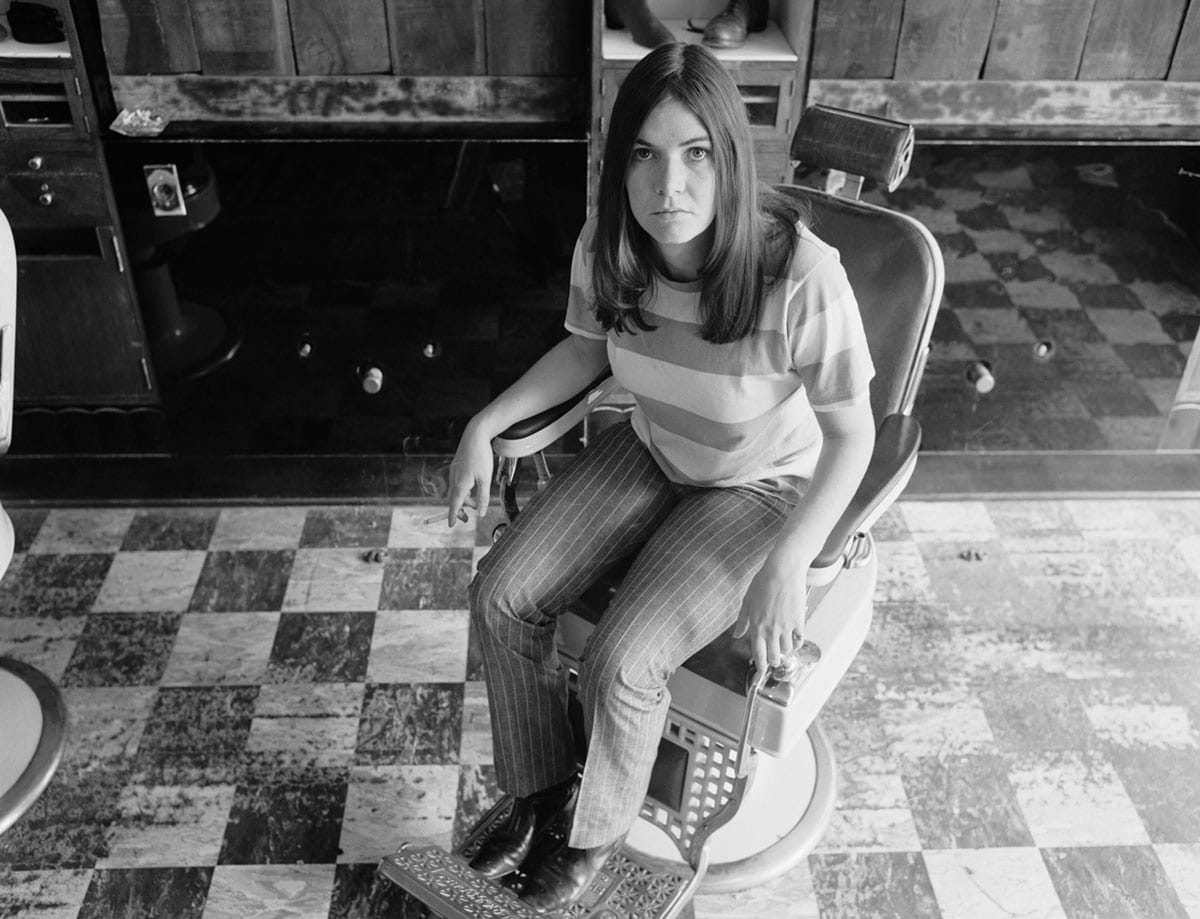
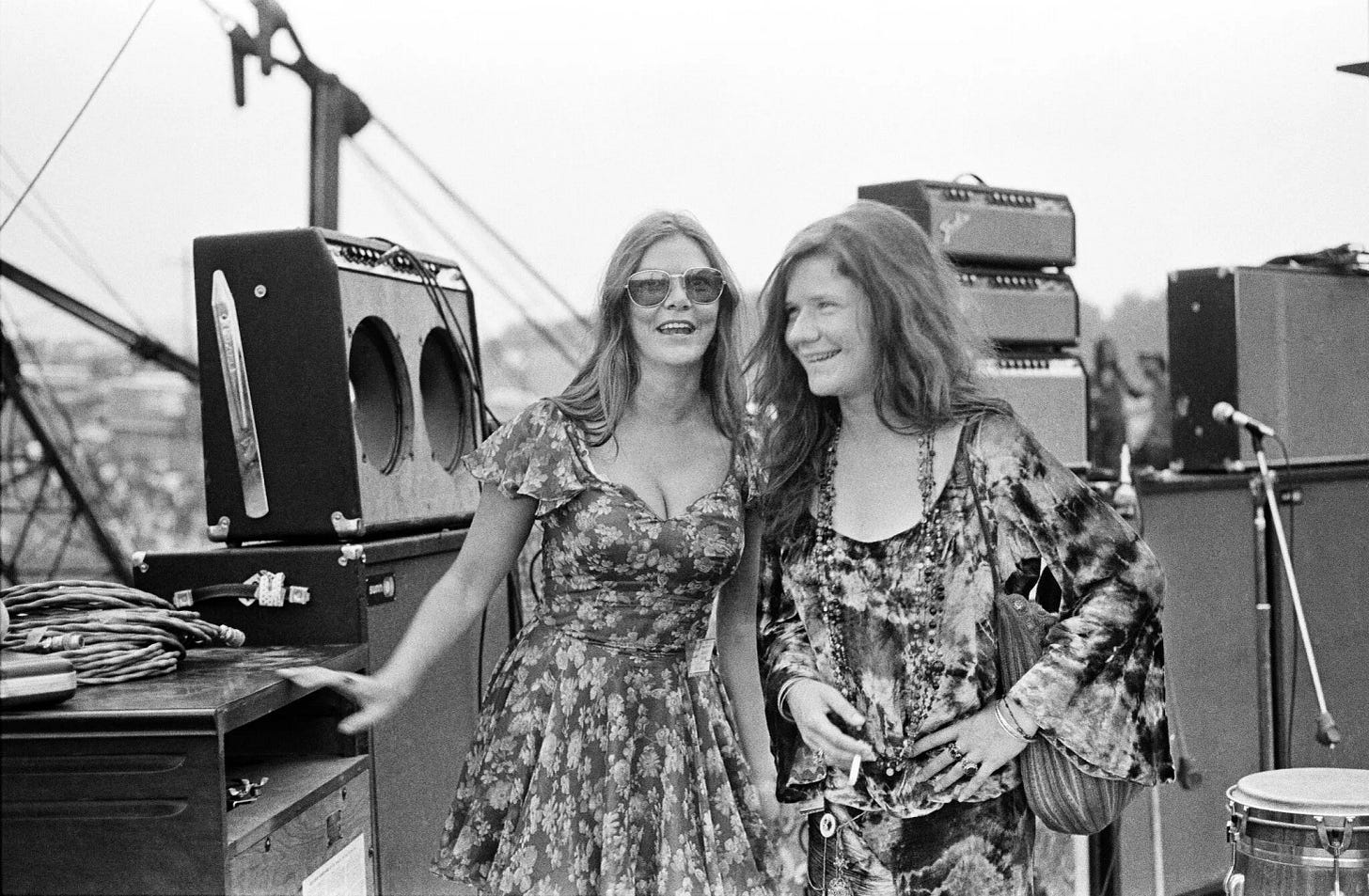



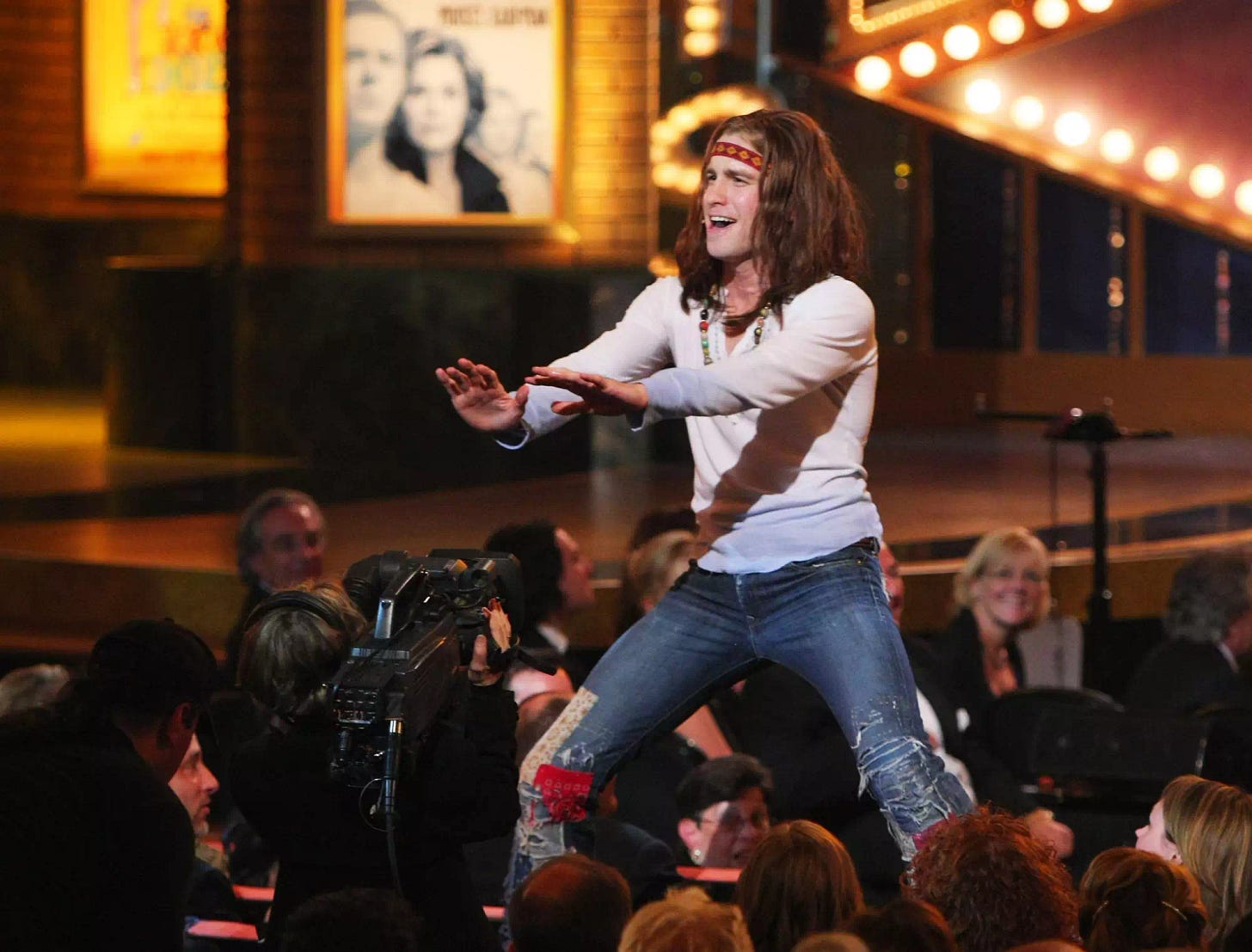

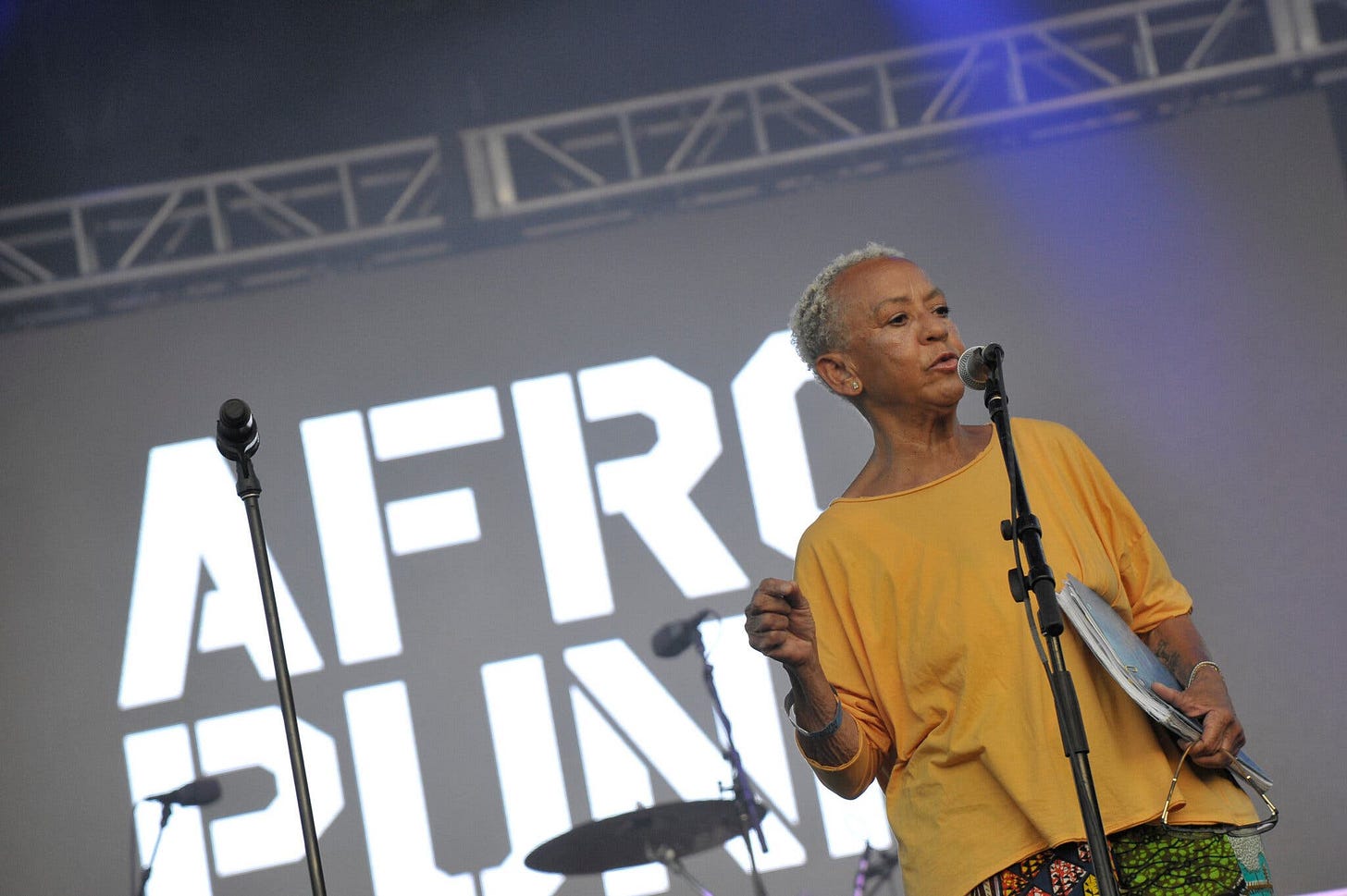
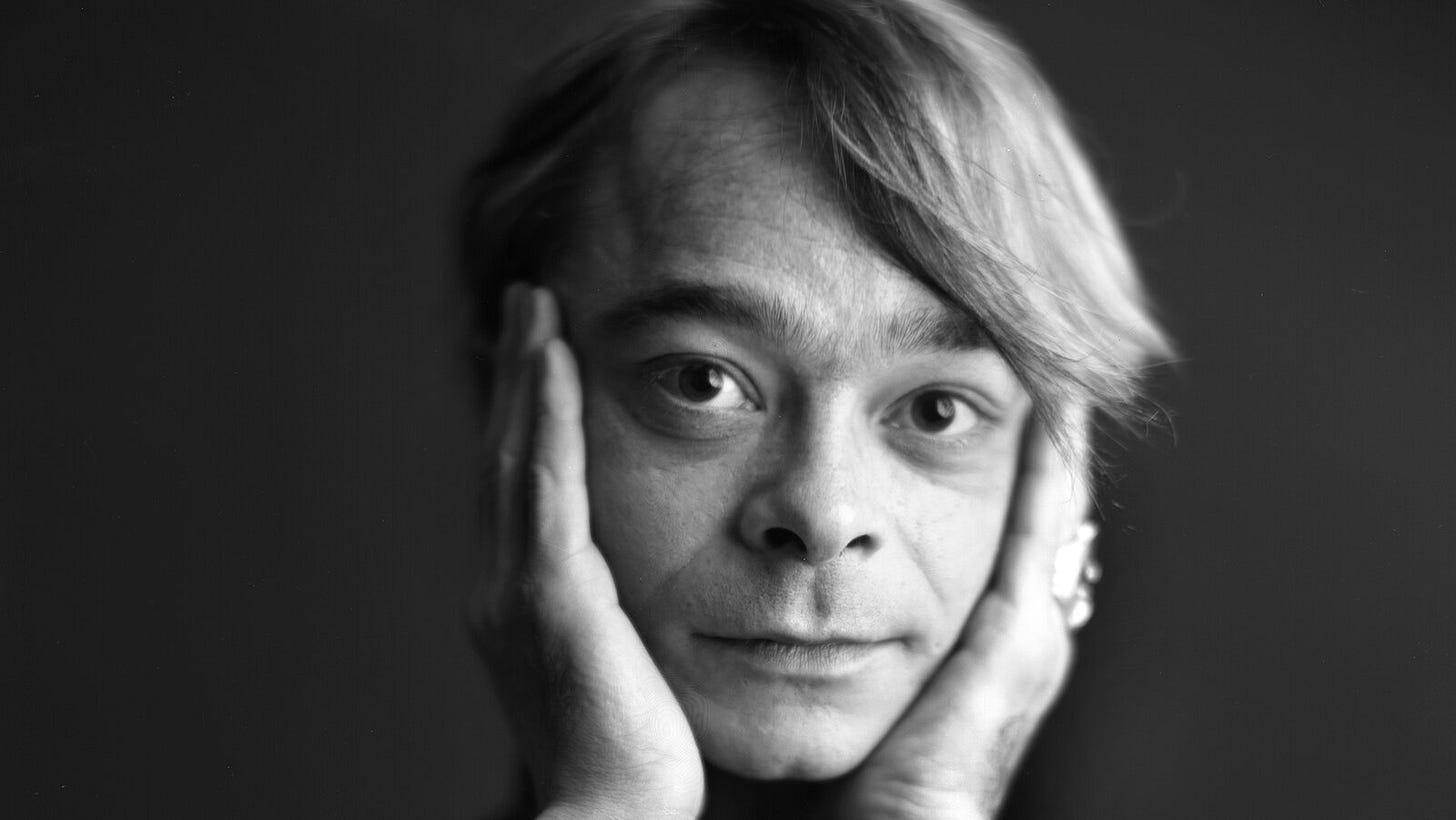

Oh Gavin 💔💔💔
What a beautiful tribute...thank you for writing this!